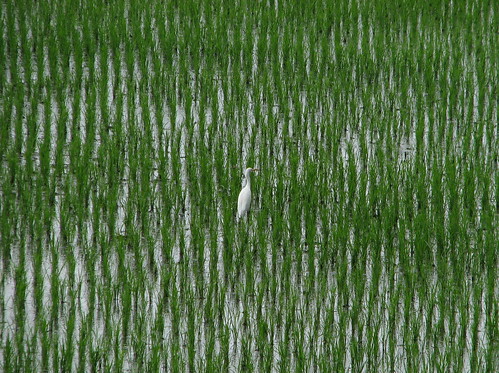Chi-Feng Tsaia, Ya-Fu Leea, Yun-Hsiu Chenb, Wei-Ming Chena, Yen-Min Kuoa, Global Ecology and Conservation, Volume 3, January 2015, Pages 541–552
We evidenced a 37.9% of richness attrition and a discrepancy of compositions by 30.2% from historical records dated roughly a quarter century ago, and an increased homogeneity in the mid-elevation LEF forest avifauna. These translated to a species turnover rate of 2.2% per year. In addition, greater change appeared to occur to resident species of lower or narrower elevation distribution. Our study sites were within a preserved and managed area where no habitat alterations from direct human activity were noted (TFRI data). Over the two survey periods and compared to that before 1987, however, local and island-wide weather patterns revealed growing levels of temperature fluctuation, extreme temperatures, enhanced temperature differences, and increasing counts of extreme typhoon events. These lines of evidence suggest a link of the species turnover with even recent climate change, and call for conservation concerns. To our best knowledge, this is the first document reporting the possible impact of climate change on the diversity and composition of avifauna in East-Asian tropical montane forests (Harris et al., 2011).
.....
Temperature is a major environmental factor driving range shifts and species turnover in avian assemblages across gradients (Buckley and Jetz, 2008, also reviewed in Parmesan, 2006). The mean temperatures have risen 0.6 °C in mountains, and nearly 1°C island-wide, over the past century in Taiwan (TCCIP, 2011), which are equivalent to or even greater than global averages (ca. 0.85 °C; IPCC, 2013). An increase of mean maximum temperature in the LEF accords with the trend of an increasing length of heat wave (greater than 28 °C) and a shortened cold spell (less than 10 °C) by 19 days over Taiwan since 1950 (Shiu et al., 2009). Energetics and water budget are main constraints that directly limit the distribution of organisms and their ability to persist extreme weather or environments (Root, 1988). The enhanced annual differences between the mean maximum and minimum temperatures characterize heating summers and colder winters, both expose birds to thermal stress and danger of mortality (McKechnie and Wolf, 2010). Gardner et al. (2011) further proposed body-size shift as the third response to warming in addition to distribution ranges and phenology, which requires not only extensive studies on individual species but also thorough phylogenetic analysis.
_______________________
[Taiwan] Don't miss the comments below! And check out my blog and its sidebars for events, links to previous posts and picture posts, and scores of links to other Taiwan blogs and forums!

No comments:
Post a Comment